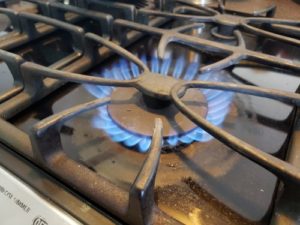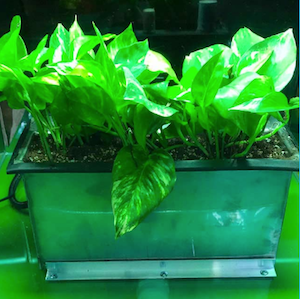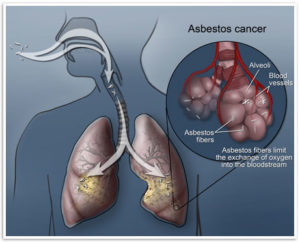
Step 1: Plug the bad air intake spots. Your house is going to tend to suck in air because of the negative pressure created by fans, AC, furnaces, wood or corn burners, or other sources. In the winter time this is more noticeable because this inward pressure manifests itself as cold drafts that are easy to identify. In the summer warm drafts are tougher to spot. When you’re not using your fireplace, make sure the damper is closed or you use something like a chimney balloon to plug it up.
Step 2: Open windows and doors for a short time to let out nasty smells. If you are doing an indoor home improvement project that includes painting, sanding, torches, welding, soldering, burning, heat gunning, harsh cleansers like bleach or ammonia, or any other activity that puts something into the air other than your breath…you will be better served to open your home to the outside than to keep it closed up. At a minimum, open up the room you are working in to air it out.
Step 3: Display your nice paraffin or scented candles but don’t burn them. Anything you burn from candles to wood in the fireplace is going to introduce toxins to your air through smoke and carbon. Beeswax and soy-based candles are not nearly as polluting as regular scented candles, but they should be used with a trimmed wick so the flame does not get too long. Obviously, smoking cigarettes, cigars or pipes in the house is horrible for everyone in the home, especially when the house is closed.
Step 4: Don’t bother with tabletop air purifiers. The US EPA does not certify or endorse air cleaning filters. And third party testing labs like Consumer Reports do not give glowing reviews of most air filter products. If you have a lot of dust in your home, use filters on your air vents and change them regularly. Room fans will also help maintain fresh indoor air by keeping air moving.
Step 5: Take out the trash regularly. Meat or fish packaging starts to smell very quickly, even if it is in the trash can. I generally rinse off stinky packaging and wrap it in newspaper. Then I put it in my outdoor trash bin, rather than in the trash can in the kitchen.
What steps do you take to enjoy fresh indoor air at your house?
















